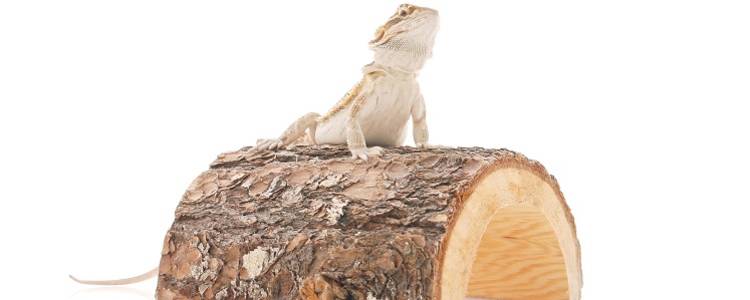
The next step would be the step that would close out your bearded dragon cage setup. QUICK NOTE: According to experts, add one (1) to two (2) pounds of sand per one (1) gallon of space in the tank. If you can’t get your hands on calcium sand, animal experts suggest using play sand and silica pool sand as alternatives. This will serve as the base for your beardie. Add a few pounds of calcium sand to the bottom of the pit. Step #6: Lay Out the Calcium SandĪfter letting the paint dry, you’re now ready to set the interior up.

QUICK NOTE: It’s always advisable to do the painting outside your home to avoid accidental painting on furniture. I painted mine with a mixture of green and brown so that I could help my pet reptile feel like he was never out from the wild! Using non-toxic paint, unleash your creativity and make the tank look presentable. Then, what you want to do is to paint the inside and the outside of your cage. This can improve the longevity of your tank since it’ll be more compact and compressed. QUICK NOTE: If you notice a few centimeters or inches of space, you can use spray foam to fill the gaps. It’s where you’ll be able to keep an eye on your reptile friend.Įnsure that the measurement of the acrylic sheet fits perfectly with the entirety of the enclosure, while also considering the grooves you’ll be making. The acrylic sheets will serve as the “doors” or the view of the enclosure. When you’re done with the insulation, it’s time to cut the acrylic sheets. Step #4: Measure and Cut the Acrylic Sheet Just ensure that the opening is closed whenever your reptile friend isn’t basking. You can choose any of the two (2) since they’ll both work the same way. However, a handful of bearded dragon owners choose to cut out an insulation board that would fit the source of the UVB light.
#DIY BEARDED DRAGON HIDES INSTALL#
To achieve this type of enclosure, you simply have to install the mesh or poultry fabric at the opening up top. This part would purposely be made for the temperature regulation of the bearded dragon vivarium. Step #3: Set Up the Mesh/Poultry Fabric at the Top QUICK TIP: Leave about one (1) or two (2) centimeters of space so you can glue the insulation board to the sides easily. Measure all the sides of the container so you know how big or small each piece should be.Īfter that, using hard glue or solvent-based adhesives, paste and install the insulation boards on the sides and at the base of your enclosure. Then, cut out your insulation boards using a box cutter or a table saw.

READ MORE: BEST Bearded Dragon Terrarium Kit Step #2: Cut Out and Install the Insulation Boards QUICK TIP: Using a small enclosure to house an adult bearded dragon can have long-term adverse effects on its health. Ultimately, your goal is to empty out the space of the box.Īs most experts suggest, a 4-foot-long, 2-feet wide enclosure or container will be enough to house up to two (2) beardies.Īn old aquarium, an unused dresser, or a small old cabinet would do. Use sandpaper if you’re going to use wood as the container. Get rid of rough edges that could wound or harm your reptile friend.

The first step is to grab and clean your old container or enclosure. While there are many enclosure plans out there, this will be made from a combination of components, with wood as the primary material! Step #1: Prepare and Clean the Container Up Now that you’re aware of what you need, let’s now build your own bearded dragon cage setup!


 0 kommentar(er)
0 kommentar(er)
